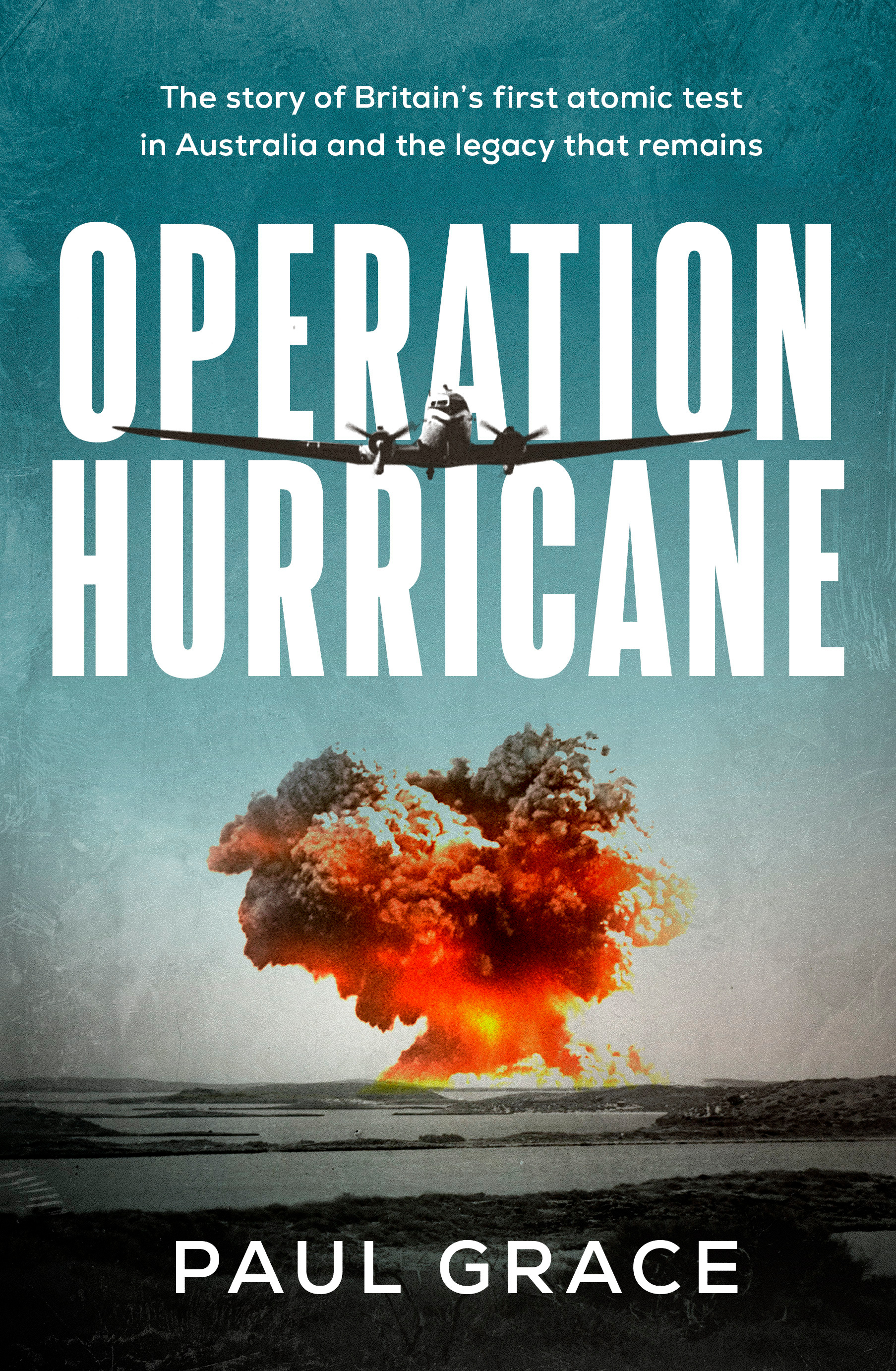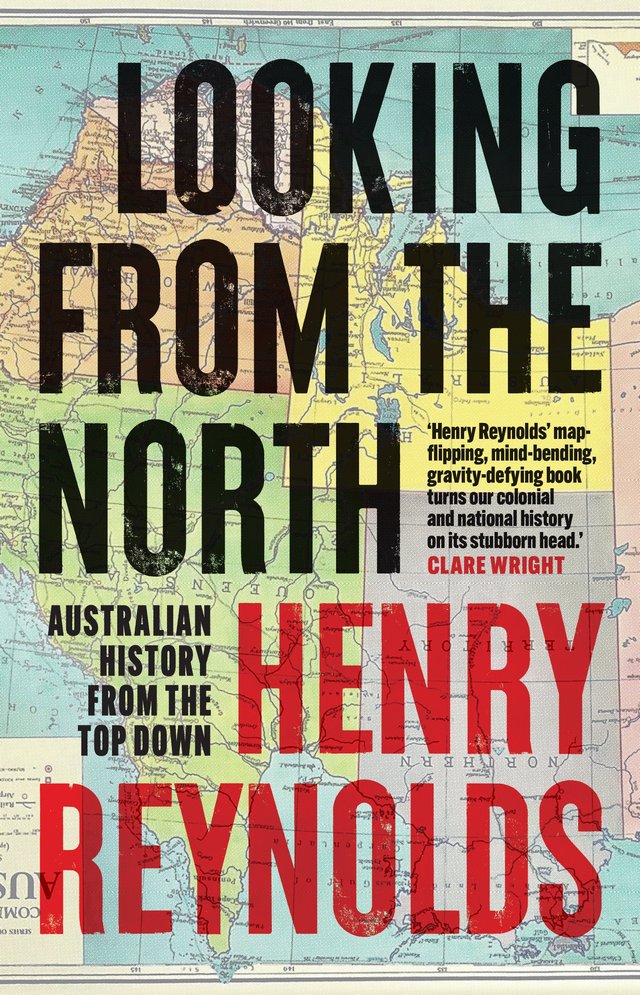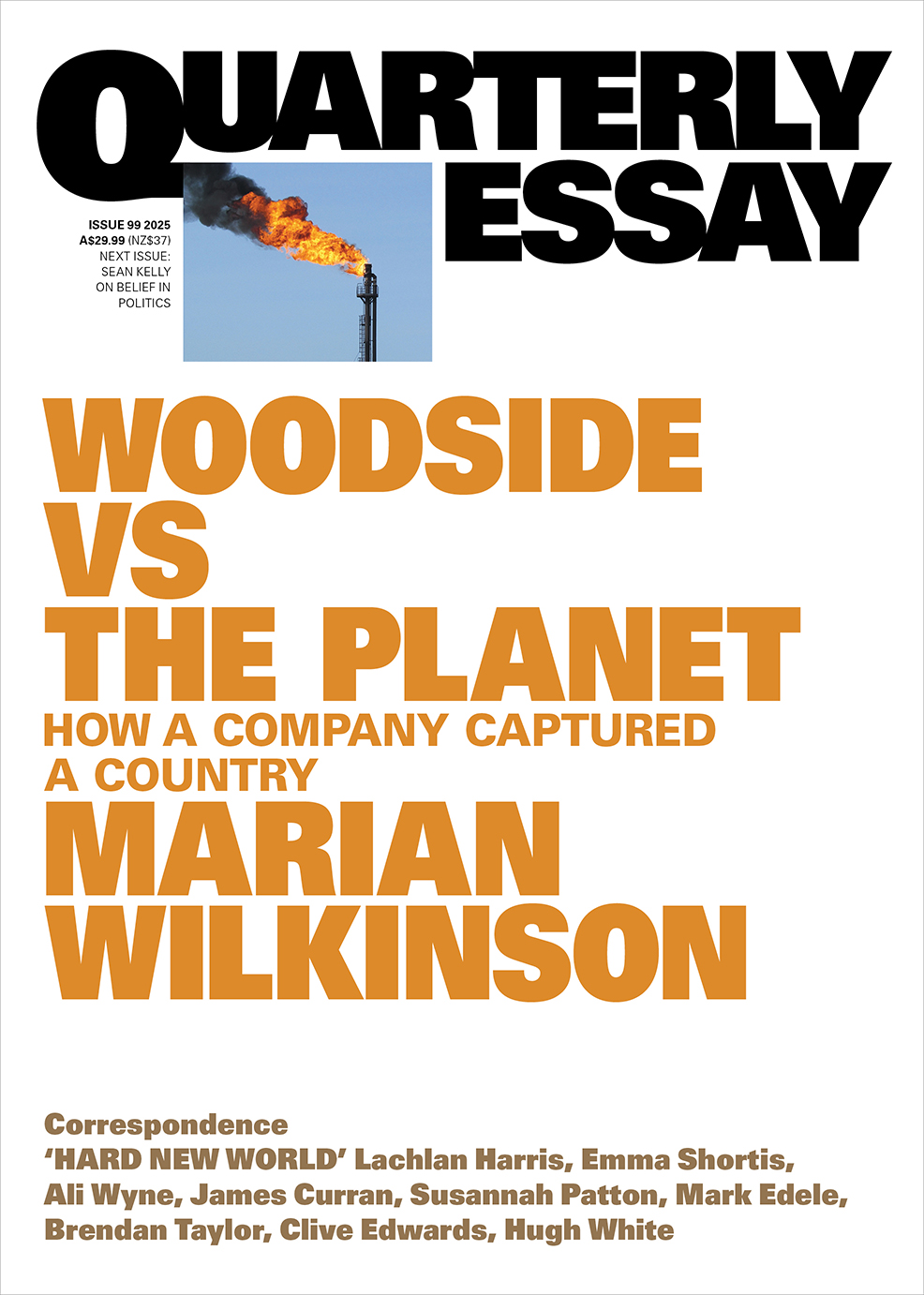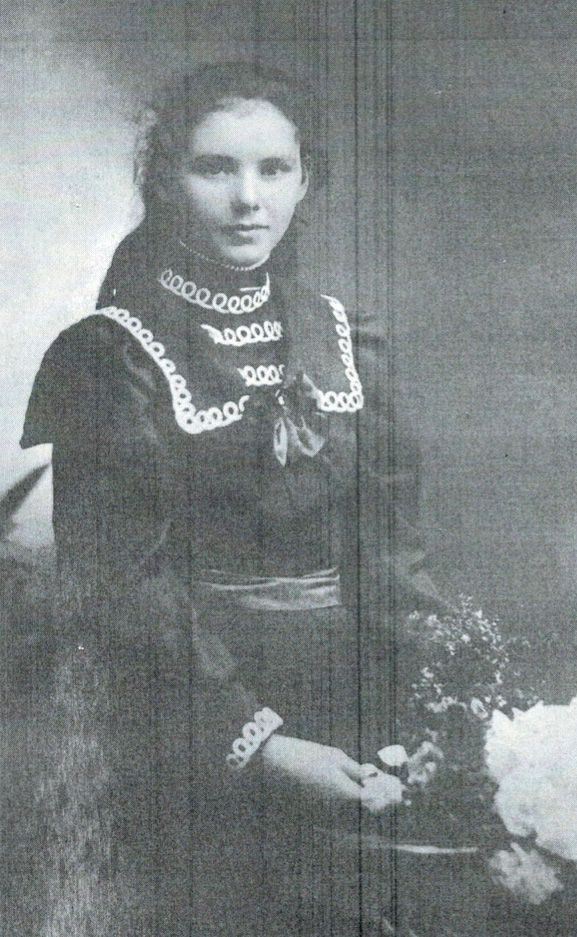Operation Hurricane: The story of Britain’s first atomic test in Australia and the legacy that remains
Hachette, $34.99 pb, 367 pp
Double daylight
In April 1952, during the long voyage from Portsmouth around the Cape to the Montebello Islands off the coast of Western Australia, HMS Narvik and HMS Zeebrugge anchored at the Cocos Islands in the Indian Ocean. After a slow, lurching trip, the palmy islands and their azure seas were a tonic. There, the crew of the British ships met for the first time with the legendary RAAF No. 2 Airfield Construction Squadron that had built the Woomera rocket range in South Australia and was then building a civil airport on the islands. Five British crew decided, against an explicit order from the Australian Commander, to take a swim. In the treacherous reef waters, they quickly got into trouble and RAAF servicemen went to rescue them. The Prologue to Operation Hurricane gives a harrowing account of how three men drowned: one of the Brits and two of the Australian rescuers.
This tragic augury hangs over the story and sets the scene for the horror and the folly of British atomic tests in Australia. Narvik and Zeebrugge continued their journey and would, in six months’ time, be part of the small flotilla present for Britain’s first atomic weapon test at Montebello.
Continue reading for only $10 per month. Subscribe and gain full access to Australian Book Review. Already a subscriber? Sign in. If you need assistance, feel free to contact us.












Comment (1)
Leave a comment
If you are an ABR subscriber, you will need to sign in to post a comment.
If you have forgotten your sign in details, or if you receive an error message when trying to submit your comment, please email your comment (and the name of the article to which it relates) to ABR Comments. We will review your comment and, subject to approval, we will post it under your name.
Please note that all comments must be approved by ABR and comply with our Terms & Conditions.